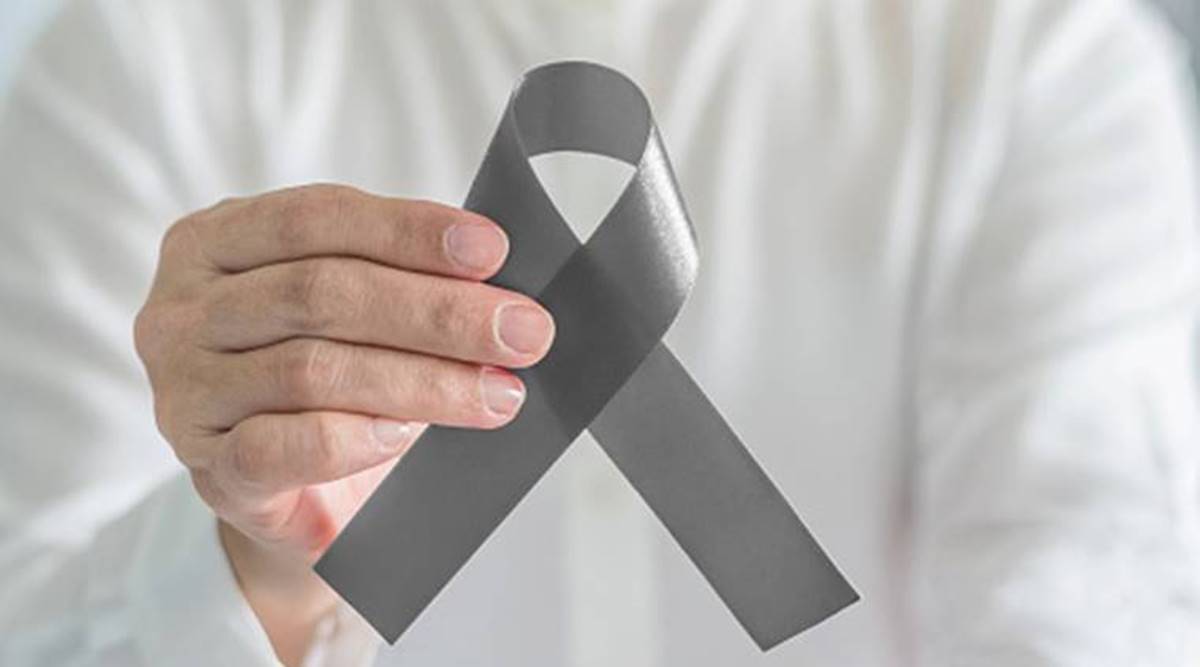https://aboriginalhealth.net/top/new-chapter-grimes-gives-birth-welcomes-1st-child-with-elon-musk/
Tumours can also spread to the bone from other primary sites of cancer (metastasis) like breast, prostate, lungs etc. Almost 40 percent of all other primary cancers, at some point of time, can spread to the bone and cause pathological fracture.

By Dr Vivek Verma
Tumours or any abnormal growth of tissue, when arising from bones or muscles, are called a bone or muscle tumour. While bone and muscle tumours are rare in adults, in the younger age group they represent the fourth most common type of tumours. Tumours can also spread to the bone from other primary sites of cancer (metastasis) like breast, prostate, lungs etc. Almost 40 percent of all other primary cancers, at some point of time, can spread to the bone and cause pathological fracture.
Musculoskeletal tumours are superficially located and can be easily identified but most parents reach the hospital in very advanced stages, when the tumour has become too large in size, either because they were ignorant about the problem or symptoms were not picked up early by primary physicians treating the child.
Here are some common signs and symptoms of bone and muscle tumours in children which should definitely not be ignored:
Signs and symptoms of musculo-skeletal tumours:
Swelling: Any swelling of the bone or muscle should not be ignored especially if it is progressively growing in size. It may be painless or painful.
Pain: Though children often complain of pain in bones and joints after playing sports, if the pain is continuous and present even at rest, or if the pain awakens your child from sleep then it requires detailed evaluation.
Pathological fracture: Normally, bones do not fracture unless there is significant trauma or injury. But if the child sustains fracture with a simple injury, like getting hit by a ball, then it must be properly evaluated.
If any of these symptoms are present, then these need detailed evaluation by a specialist. These symptoms may also be present in other disorders like infection, malnutrition, or juvenile arthritis, etc. Simple basic investigations like an X-ray and blood test can help in making the right diagnosis.
Also Read |Childhood cancer: Understanding brain tumour in kids
Types of bone tumours and their treatment:
1. Benign tumours: Benign tumours are more common and may be locally destructive but usually are not life threatening. The common benign tumours are osteochondromas present as painless bony overgrowth, mainly over distal thigh (the area just above the knee joint) or arms, bone cysts which cause hollowness of the bones and are filled with fluid or blood, and giant cell tumours which usually develop near a joint at the end of the bone. Many benign tumours like osteochondromas, can even be observed without surgery. With the advancement of treatment, we can treat many such tumours with key-hole surgeries which could previously only be treated through open surgical methods.
2. Malignant tumours: Simply called cancer or sarcomas, these tumours are threatening to limbs and even life. These tumours are rare and need to be diagnosed well in time for successful outcomes. The common malignant tumours are osteosarcoma and ewing’s sarcoma among others. These tumors require a multi-disciplinary approach like chemotherapy and surgery. Traditionally amputation was suggested as a modality to get rid of these tumours but now limb preservation surgery can be done in more than 90 percent of these cases. In this surgery we remove the cancerous part of the bone and muscles with a safe margin and then reconstruction is done with either biological methods like bone grafts or use of mechanical implants and prosthesis. Children can resume their normal activities like walking, running, writing, going to school, etc, within weeks.
Limbs can be salvaged in more than 90 percent of cases. Contrary to traditional belief of poor survival in cancer patients, bone cancer has a five-year survival of 60-80 percent depending upon the stage of disease.
Source: Read Full Article
